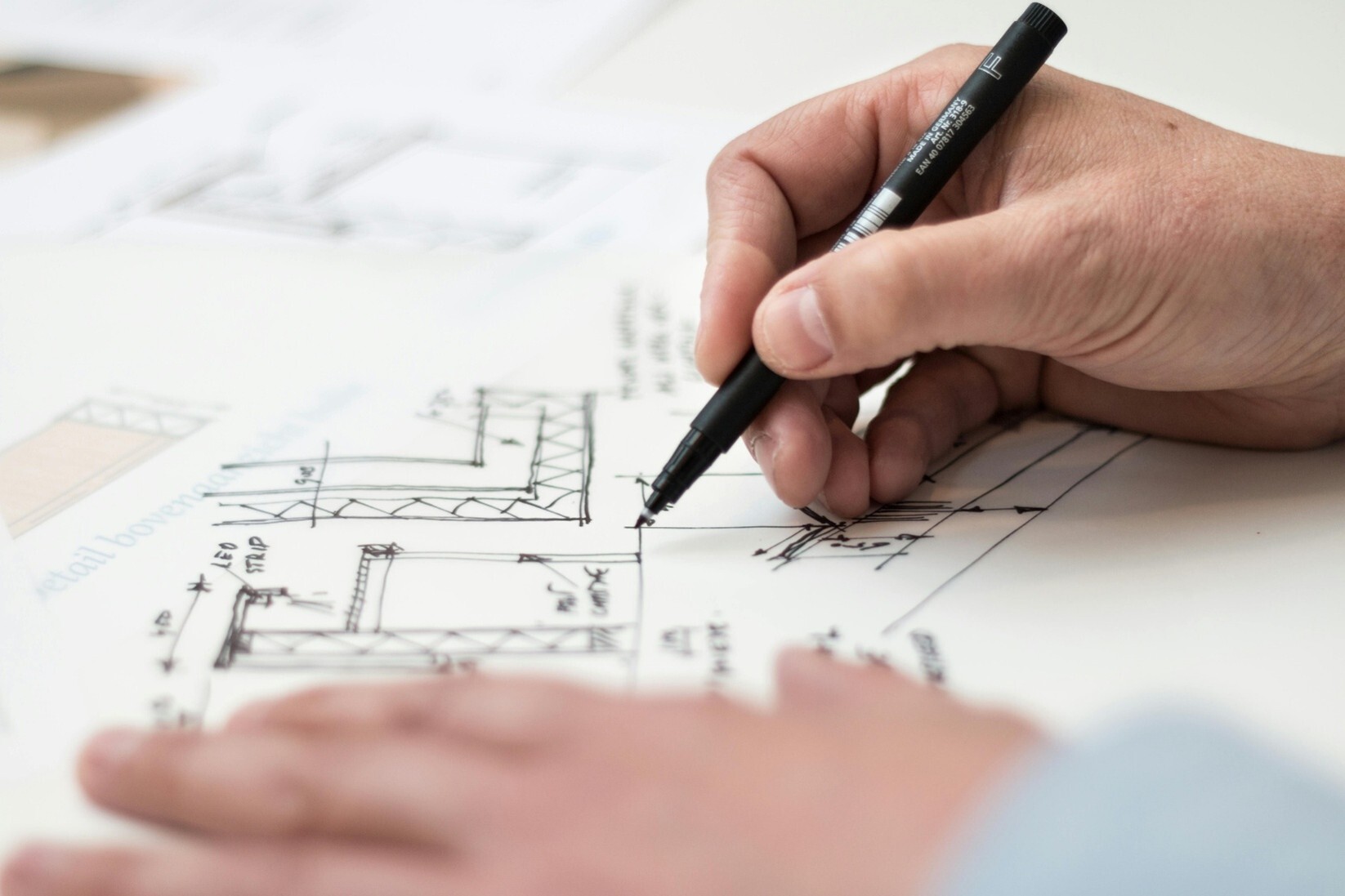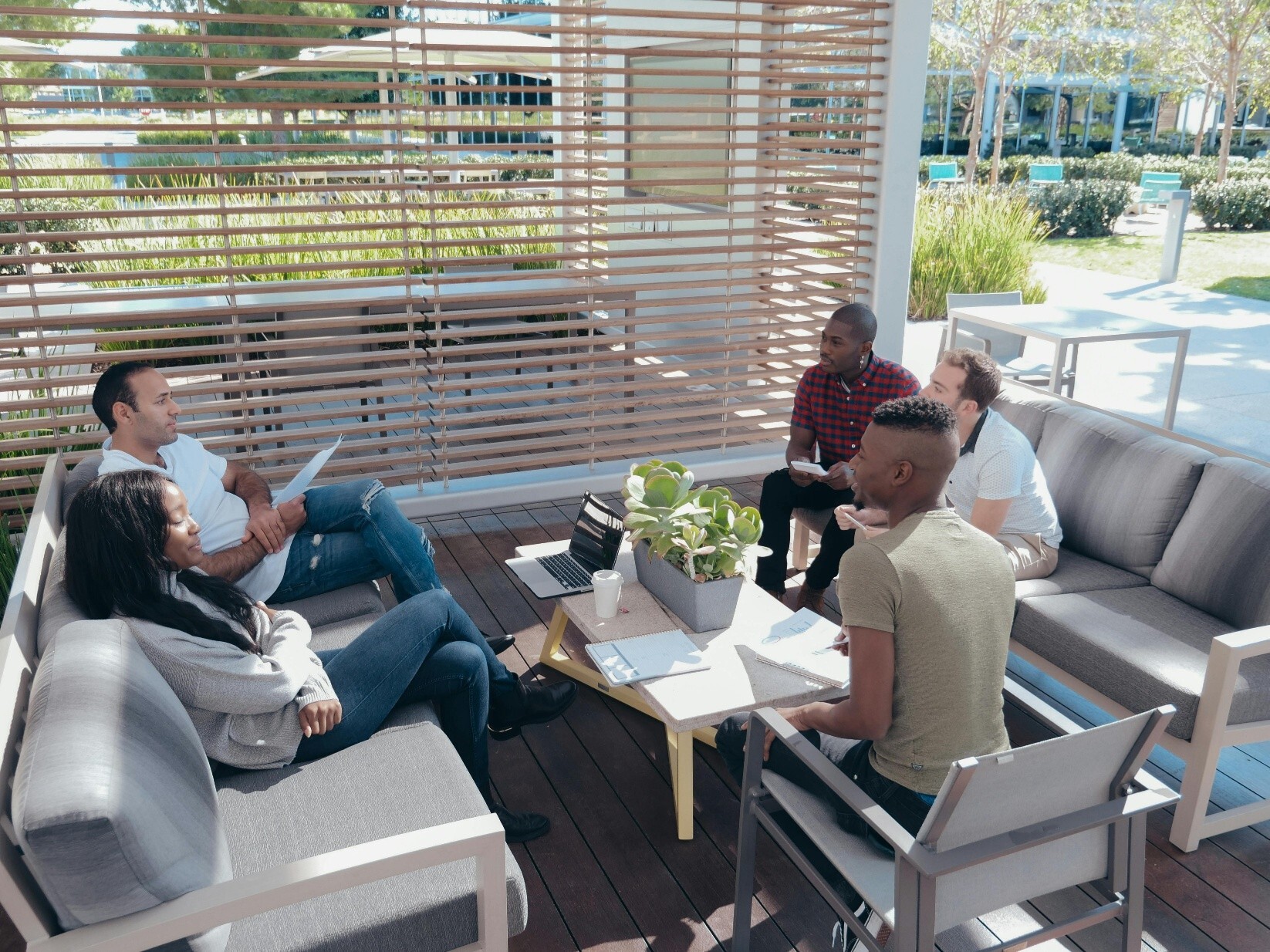
Introduction
Architecture and interior design have entered a new era. No longer defined solely by aesthetics or scale, the built environment is now shaped through the lens of responsibility. This shift is not about trends or token gestures. It is a deeper, more meaningful approach to design that recognises the impact our spaces have on people and the planet. As one member of the Fresh Design team put it, the future lies in embracing efficiency, versatility and eco-awareness. Today, we are creating buildings and interiors that serve our needs, not our egos.

What Does Responsible Design Look Like?
Responsible design begins with intent. It considers the footprint of a space, how it functions and the resources it consumes. In architecture, this means designing smaller, more adaptable buildings that use less energy and require fewer materials. In interior design, it involves selecting furnishings that are sustainably sourced, materials that are recyclable or finishes that support wellbeing. Responsible design is rooted in purpose. It asks why a space exists, who it serves and how it can do so in the most thoughtful way.
Efficiency and Versatility as Core Values
Designing responsibly means embracing efficiency at every stage. This includes using space wisely, reducing waste and considering how buildings and interiors adapt over time. Versatility is key. Spaces evolve with the people who use them. A room that serves multiple functions, a layout that shifts with minimal disruption or furniture that lasts a lifetime are all hallmarks of responsible design. It is about designing less but designing better.
Eco Awareness in Practice
Sustainability has moved from the margins to the mainstream. Responsible design prioritises renewable energy, natural ventilation, passive heating and cooling and the use of sustainable materials. It champions practices that reduce carbon impact without compromising quality or comfort. In interiors, this means working with local craftspeople, specifying non-toxic finishes or restoring rather than replacing. These decisions add up. They shape how a space feels, how it functions and how it respects the world around it.

Design That Serves People
At the heart of responsible design is a simple question, “Does this space serve the people who use it?”. Good design puts human needs first. It supports wellbeing, accessibility and community. It encourages movement, rest, connection and creativity. This is as true for a hospitality venue as it is for a workplace or home. When design is responsive to real needs, it becomes inclusive and empowering. It becomes a backdrop for life rather than a statement of status.
The Role of Designers Today
Architects and interior designers now lead this change. At Fresh Design, we believe our role goes beyond creating beautiful spaces. It is about shaping environments that are intelligent, sustainable and meaningful. This means working closely with clients to understand their true needs, pushing for better material choices, challenging norms and thinking long term. Responsible design is not about perfection. It is about progress.
Conclusion
The call for responsibility in design is no longer a vision. It is the reality we work in. We cannot afford to create for image alone. Today demands a mindset that places purpose, people and the planet at the centre. By embracing efficiency, versatility and sustainability, and by designing spaces that suit needs over egos, we are creating a built environment that truly supports life. Fresh Design is proud to be part of that journey.